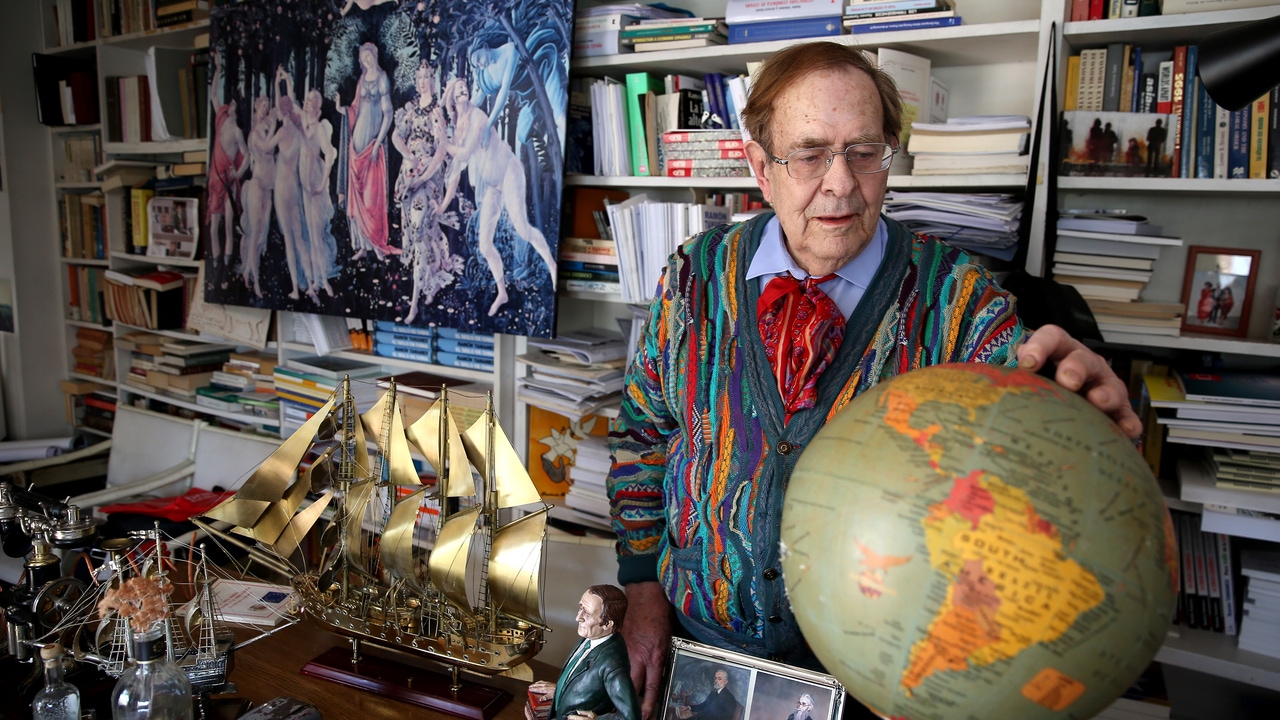Despite the advances in the study of the universe, I will remember that the enigmas of energy and dark matter remain unsolved. They were first raised in 1937 by the astronomer Fritz Zwicky, and in 1976 Vera Rubin, from the California Institute of Technology, returned to them.
Decades later, Professors Perlmutter, Schmidt and Riess, 2011 Nobel Prize winners in Physics, advanced in this work, who dared to calculate the proportions of the composition of the universe: 68 percent dark energy, 27 percent dark matter and 5 percent normal matter. In this context, dark energy and matter play a decisive role in the universal gravitational set.
The aforementioned Vera Rubin (1928-2016) was, without a doubt, one of the most outstanding astronomers of the 20th century. After completing her Bachelor of Arts, in 1948 she attempted to enroll in Astronomy studies at Princeton University. Something that was impossible for her, since postgraduate studies in astronomy were still prohibited to women.
Vera then applied to be admitted to Cornell University, where she studied physics with such prominent professors as Richard Feynman – an important figure in the Manhattan Project – and Hans Bethe, well known for his work on Intelligent Design. Vera Rubin was able to complete a doctorate with the great George Gamow of the Big Bang, and she demonstrated that galaxies are not distributed randomly in the cosmos, but rather form large communities, the so-called “galaxy clusters.”
In 1965, Vera Rubin became the first woman in history authorized to use the telescopes at the Mount Palomar Observatory; where she made numerous observations and cataloged in detail the movements of the galaxies surrounding the Milky Way. As a legacy of these works, we continue to be integrated, more than ever, into the enigma of dark matter.

